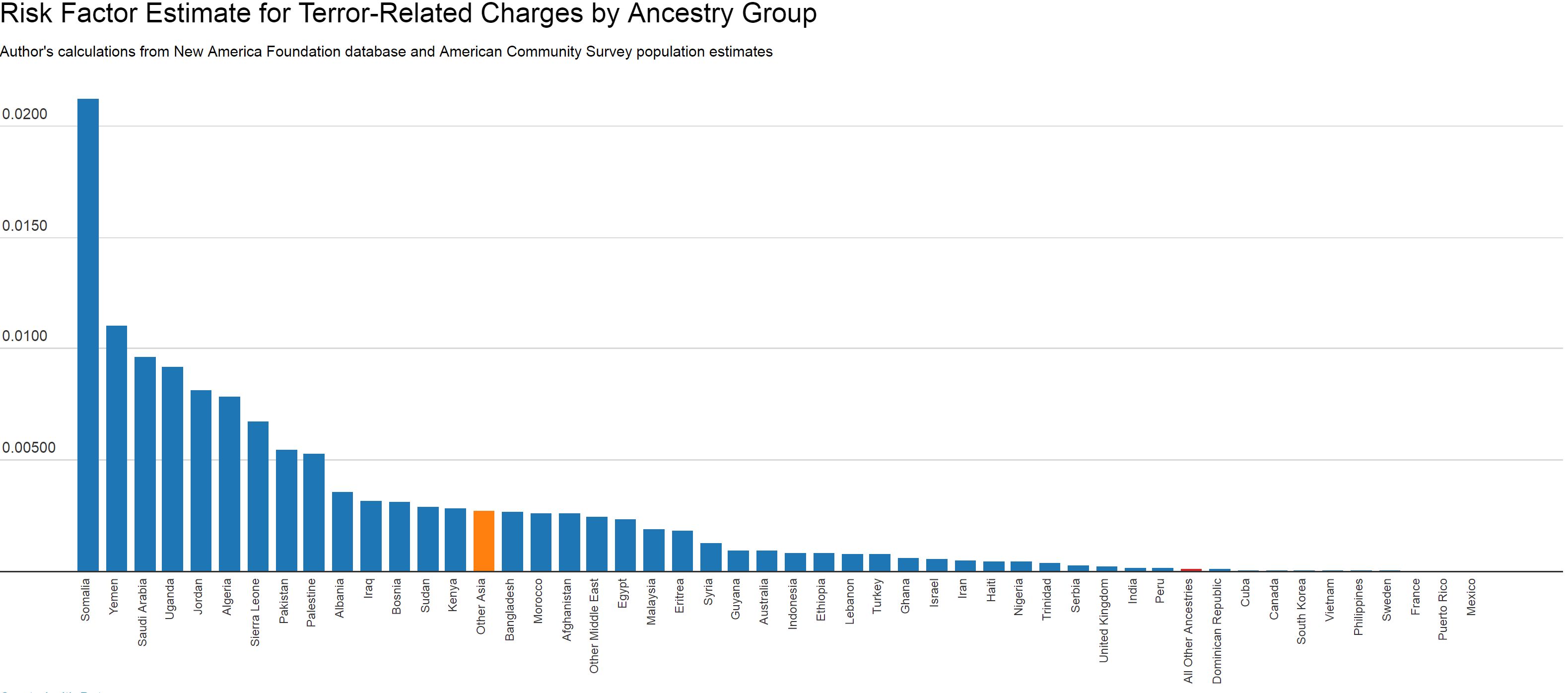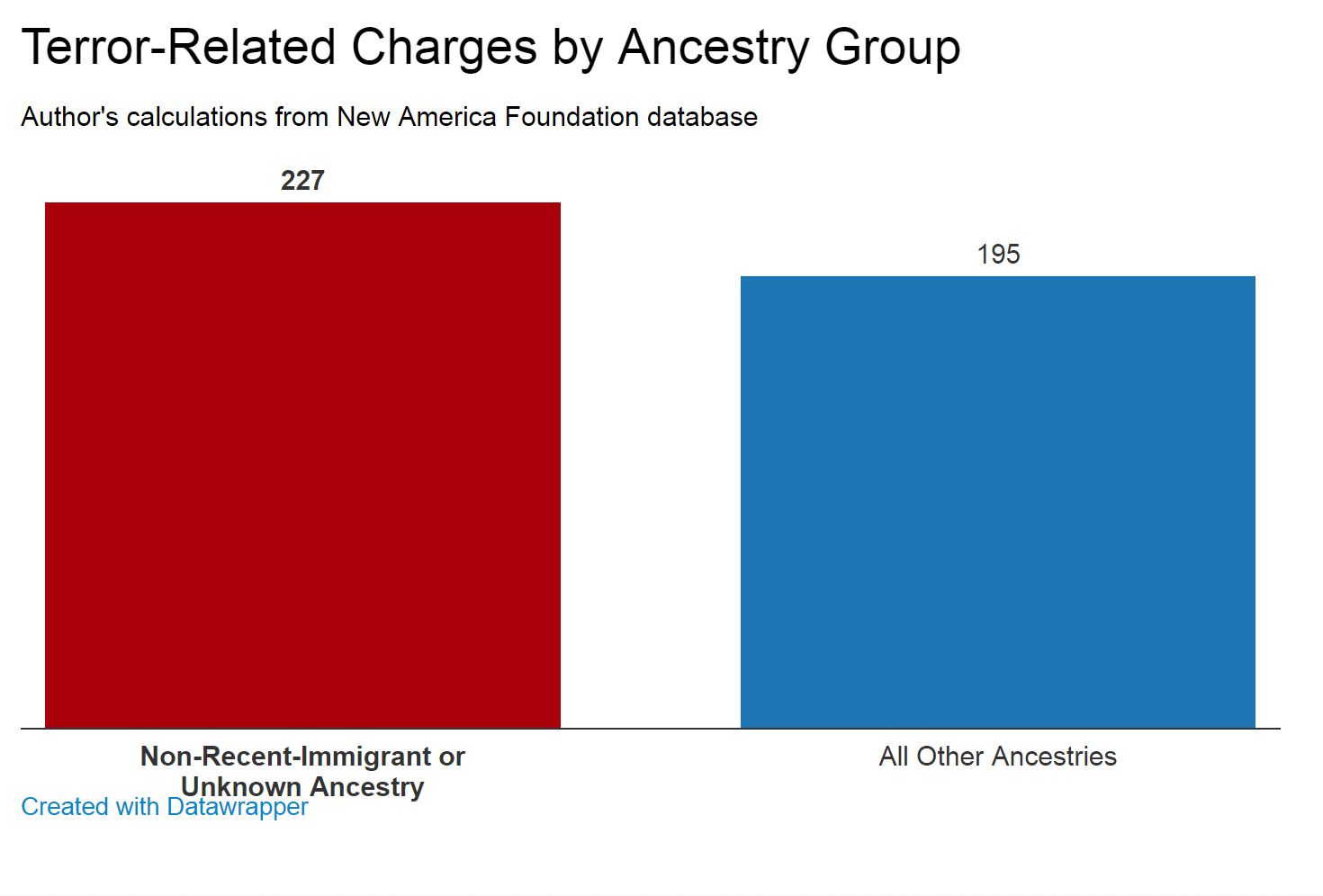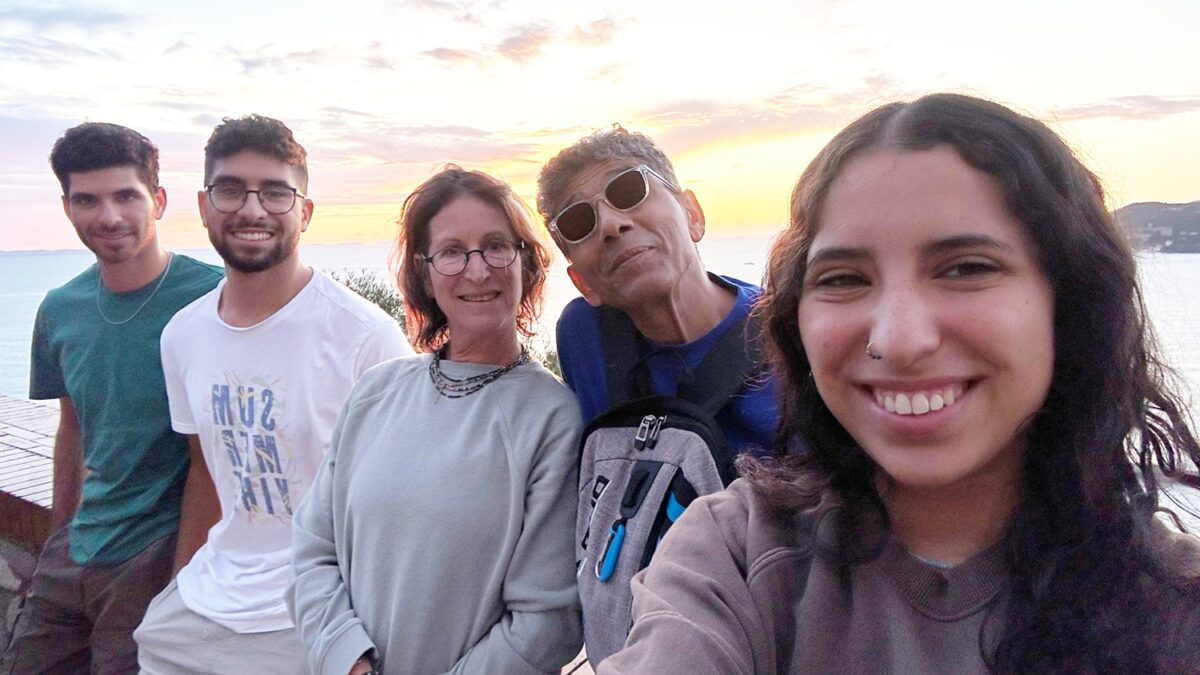
One detail about the recent terrorist attack in New York City has many readers scratching their heads: the perpetrator, named Sayfullo Saipov, was… Uzbek? From Uzbekistan? Is that even a country? After a bit of confused googling, a reader may find that, yes, Uzbekistan is a real, landlocked country in the heart of the Eurasian steppe, a former Soviet country now ruled by an authoritarian government. Oh, and yes, it’s a primarily Muslim country, although the government enforces a quite moderate version of Islam.
Given that a vanishingly small portion of Americans know anything about Uzbekistan, and that the country rarely appears in our news, most Americans will only remember Uzbeks if they were in the news for something bad in the past. Lo and behold, a number of commentators have perceptively noted that a strangely large number of people from Uzbekistan have been charged with terrorism-related offenses against the United States.
Oh, and, while there are no official figures for Uzbekistan, experts believe a substantial number of Uzbeks have joined ISIS, and its neighboring Turkmenistan, Tajikistan, and Kyrgyz Republic all have elevated levels of ISIS recruitment. Indeed, many ISIS members from Kyrgyzstan may actually be ethnically Uzbek.
Given all of this, some Americans may think it prudent to have concerns about Uzbek immigrants. But media reports are a poor basis for determining national security policy. We shouldn’t be making immigration or homeland security decisions based on the anecdotes news outlets provide, or in the hysteria surrounding potentially one-off events. Whether gun violence or terrorism, we need a rational, fact-based approach to cut through the media noise and determine where the real risks lie. It turns out, there is quite a bit of data available.
So Let’s Look at that Data in Detail
The New America Foundation produces a comprehensive list of individuals charged or convicted of terror-related offenses from 2001 to today. This list provides basic citizenship data, but, more importantly, it provides names and other identifying information that can be used, with the help of some googling, to look up even more detailed biographic data on each alleged terrorist. Most people concerned about imported terrorism threats are not only concerned with foreign passport-holders, but also the second or third generation descended from immigrants.
To the best of my ability, I have catalogued the ancestry or ethnicity of all 426 alleged terrorists in this data in every case where any news report identified the individual’s ancestry, or the ancestry or immigration status of his or her parents. In the cases where a person was a U.S.-born citizen, if no news report identified parents as immigrants or the individual as a resident in a specific ethnic community, I simply identify them as of U.S. ancestry. I did not attempt to use name-language origin to classify ethnicity for U.S.-born individuals, because many Islamic terrorists change their names. As such, the language of a person’s legal name is not necessarily an accurate reflection of his or her ancestry or immigration history.
Notice as well that I said alleged terrorist. Many of the cases in this sample are extremely debatable. U.S. terrorism law is expansive and unevenly applied: many of the cases involved have not had convictions handed down, and many will ultimately be exonerated. Even many of the convictions are unclear: when a Somali sends money back to Somalia, it may go to an Al-Shabaab member, but is that support for terrorism if that person is also the father-in-law of the money-sender, and the money sent is simply a dowry for marriage? There are lots of disputed cases in this database, so it is vital to recognize that it is a very unclear indicator. We should not rush to too decisive a judgment from imperfect data.
Furthermore, the vast majority of terrorism-related cases in my database do not involve actual acts of terrorism on U.S. soil or against U.S. citizens. Most involve financial support for foreign terrorist organizations, attempts to join such groups, or other “indirect” involvement. The median terrorist plot in this database resulted in zero deaths and was purely financial in nature.
This is important to remember, because it suggests that the marginal case of terrorism is not a clear-cut incident of mass murder, but rather the murky world of international finance, unclear motives, and complex laws. Law enforcement has its work cut out for it, so do I as an analyst, and so do you as a reader: in interpreting the data below, it is vital to remember that (1) many individuals included are actually innocent, (2) some degree of error in assigning national origin is likely, and (3) even the typical guilty terrorist was not engaged in any violent act. If I restrict to just plots that killed people, the sample sizes get too small to make any meaningful analytic conclusions.
So Here Are Those Imperfect Estimates
Once we’ve worked through these problems, we get an estimate of how many alleged terrorists held passports from each foreign country, or were descended from fairly recent immigrants who did. There are lots of ways we can cut the data. I take the number of alleged terrorists by ancestry group, and divide it by the number of people in the United States who self-identified in that ancestry group. This gives us a kind of “average propensity to terrorism charges” for ancestry groups. It’s an extremely rough estimate, but is better to use than arbitrary news reports.
However, this yields some odd results, so I will make some adjustments. Basically, in very small ancestry groups, a single terrorism case can blow out the results. So I will take average of three estimates: the core average propensity estimate, a recalculated propensity where I increase the ancestry-group denominator by 100,000 people, and a recalculated propensity where I increase the number of alleged terrorists by two. I’ll weight the denominator-increase estimate a bit more heavily to insure we don’t unfairly label a low-risk group as high-risk on the basis of just one or two incidents.
The final result is a basic first estimation of where the actual risks of terrorism in America may lie (larger graph at link).

As you can see, there is a far-and-away leader: Somalians in the United States. The vast majority of these are financial support of foreign terrorist organization cases, but some do involve violence on American soil. While the vast majority of Somalians have integrated into the United States very well, it does appear that Somalians pose an elevated risk of being charged with terrorism-related offenses versus all other immigrant groups. I’ve argued before that Somalians may be a case where we should rethink the number of refugees we accept, replacing them with lower-risk refugee origins like Africa or Rohingya Muslims.
After Somalians come a basket of countries: Palestinians, Pakistanis, Sierra Leone, Algerians, Jordanians, Ugandans, Saudis, and Yemenis. Some of these countries, like Yemen, are included in President Trump’s travel ban. But most are not. Several are nonetheless small threats in terms of total numbers: there is just one Ugandan case, three from Sierra Leone, and just two Algerians. I’ve tried to correct for that, but even with my big corrections trying to bump up the denominator on these groups, they still show up as higher-risk.
As for Uzbekistanis
So where does Uzbekistan fall? Well, the Census Bureau’s surveys don’t break out Uzbek nationality specifically, but the “Other Asia” category is mostly Central Asians from Uzbekistan, Turkmenistan, Kazakhstan, Kyrgyzstan, and Tajikistan. Among the Central Asian countries, I’ve documented 15 individuals as being charged with terrorism-related offenses, of which 12 are associated with Uzbekistan.
This “Other Asia” category falls well below the high-risk countries, in a second grouping I would label “medium risk,” alongside Kenya, Sudan, Bosnia, Bangladesh, Morocco, Egypt, Afghanistan, Malaysia, Syria, and Eritrea. Individuals from these countries are charged with terrorism-related crimes merely a fraction as much as the high-risk countries, but nonetheless, in the grand scheme of things, they do show a greater risk than, say, immigrants from France, Mexico, Myanmar, or Poland.
Here Are the Low-Risk Countries
The next category, what I’ll call low-risk countries, is still lower, and includes countries like Haiti, Iran, Israel, Ethiopia, Australia, Nigeria, India, and the United Kingdom. Then we get to the “All Other Ancestries” category, which includes the vast majority of Americans, then from there, every other country has lower risk than your typical American.
Viewed that way, it would seem that Uzbekistan is not one of the highest-risk immigrant-sending countries, but it nonetheless does present measurable risks that may be worth guarding against.
However, we need to get a little bit of perspective. Notice the scale of this graph: the highest-risk group, Somalians, has a score of 0.0212 percent. This means that one in every 5,000 or so Somalis is likely to be charged with some kind of terror-related offense. That seems pretty high, honestly; a reasonable person might have concerns with those risks. But the second-highest risk country, Yemen, has that number fall to one in every 9,000. By the time we get to war-torn-Iraq, the risk factor has fallen to one in every 31,000. For Uzbekistan, it’s about one in every 36,000. For Syrians in America, it’s about one in every 80,000.
In other words, if we were to admit 36,000 more Uzbeks, it would be reasonable to expect one person to be charged with a terror-related offense. The most likely outcome of that terror-related offense is that zero people would be injured and zero people would die; however, it’s plausible to consider that the risk could be as high as two people injured and two people killed, if we use averages instead of medians.
To be clear, that’s not one more terrorism-related incident killing or injuring 0-4 people per year, that’s one more terrorism-related incident killing or injuring 0-4 people ever. In other words, falling vending machines and children’s balloons claim more American lives than would admitting 36,000 Uzbek immigrants.
There Is Some Risk, Then, But It’s Small
It’s vital to be clear on what the facts say: there is some real risk to admitting refugees from poorer, Muslim-majority countries like Uzbekistan, and a plausible-scale increase in immigration could indeed yield a measurable amount of additional terrorism-related incidents. However, the scale of those incidents is very small, almost certainly, in the long run, lower risk than any number of daily risks Americans happily brave without a second thought.
In other words, despite the heinous Islamic extremist attack carried out against innocent Americans by an Uzbek in New York, the average American still has essentially nothing to worry about from Uzbek neighbors, coworkers, or friends, or additional Uzbek immigrants. I have traveled to very few places with people as hospitable and kind as Uzbekistan. It would be unfortunate were Islamic militants to have the last word on what defines an ancient and honorable civilization in American media.
While the advocates of nanny-state-ism may want to establish new rules and regulations to protect us from falling vending machines and the 1 in 41 million chance of being murdered by an Uzbek-origin radical Islamic extremist, the truth is the government and the media would be better off focusing their energy and attention elsewhere.
One last note. The graph I showed above was population-adjusted risk. But if all someone cares about is the total number of incidents attributable to each nationality, then it’s clear what group is the most dangerous: native-born U.S. citizens who’ve had families in the United States for generations. More than half of all terror-related charges since 2001 have been levied against people with no foreign citizenship, parentage, or identifiable ancestry of any kind.










